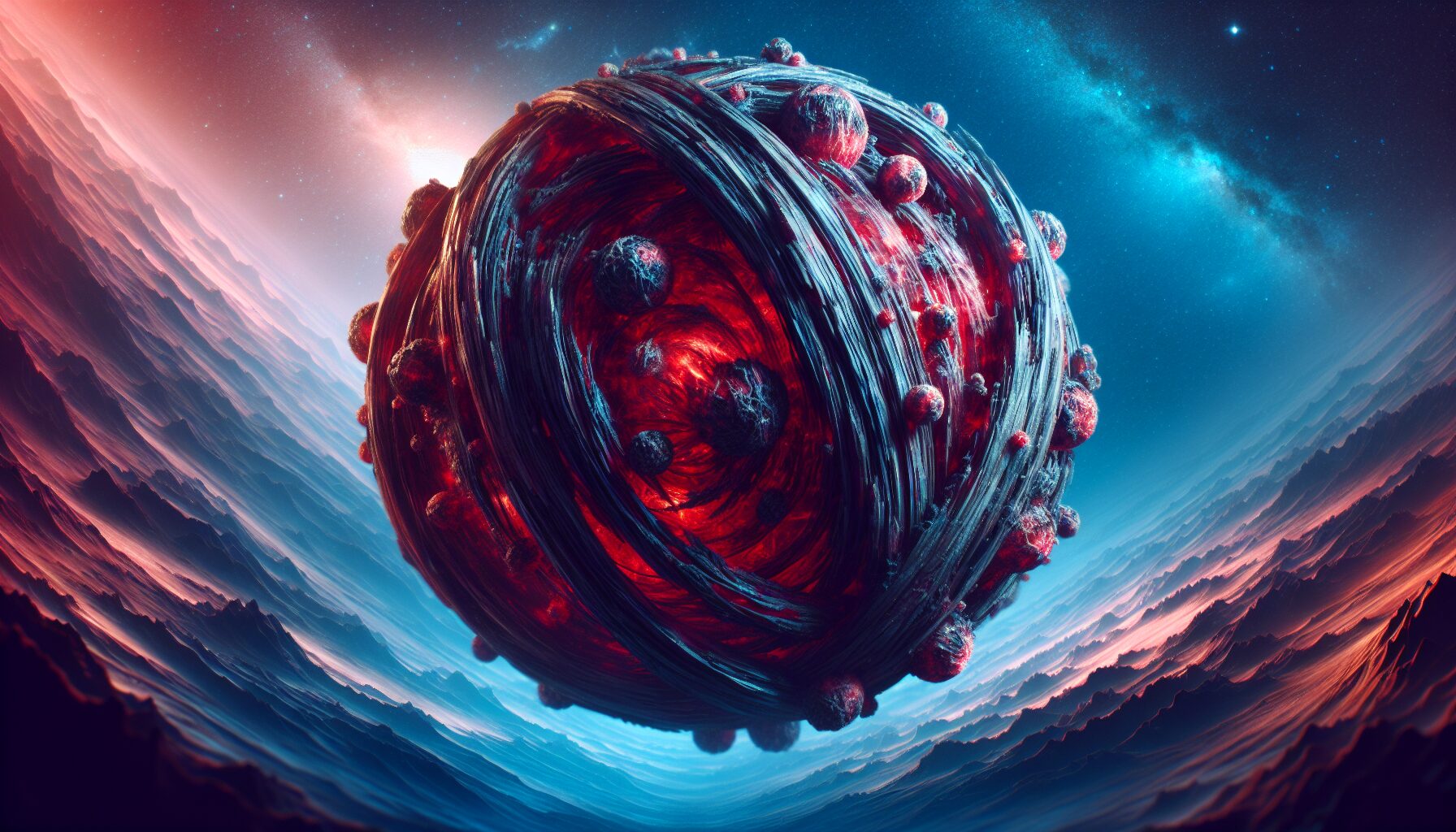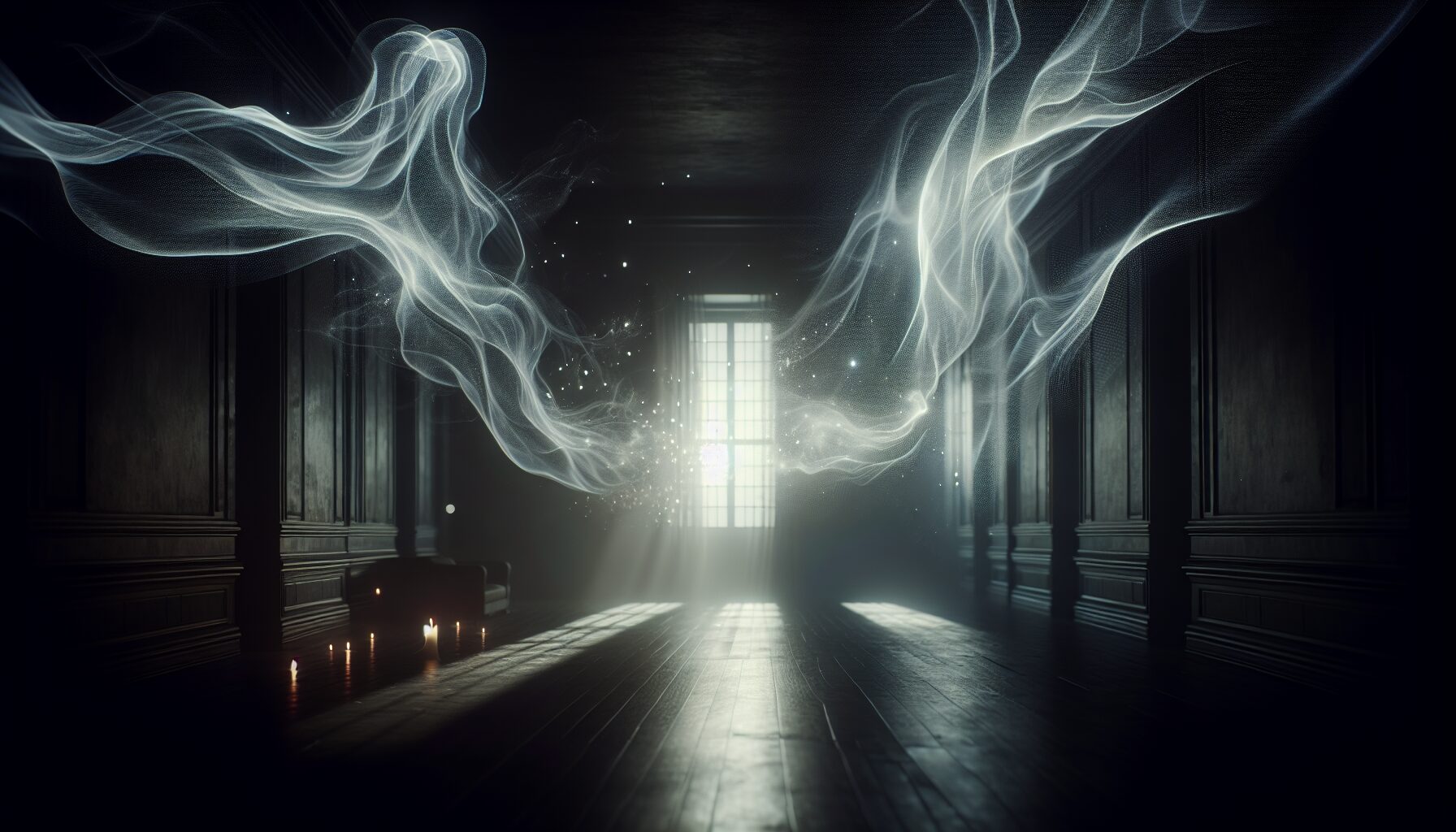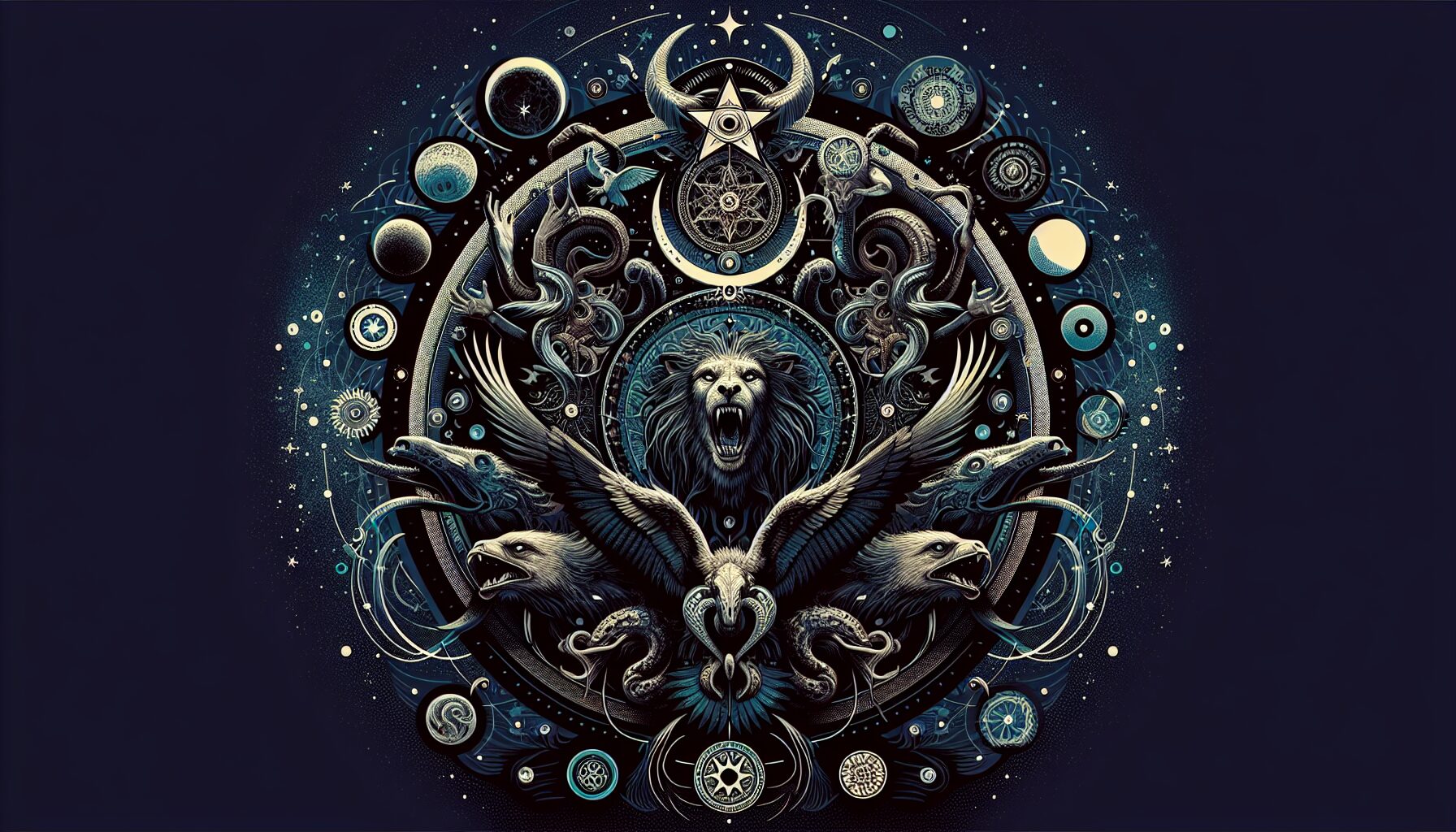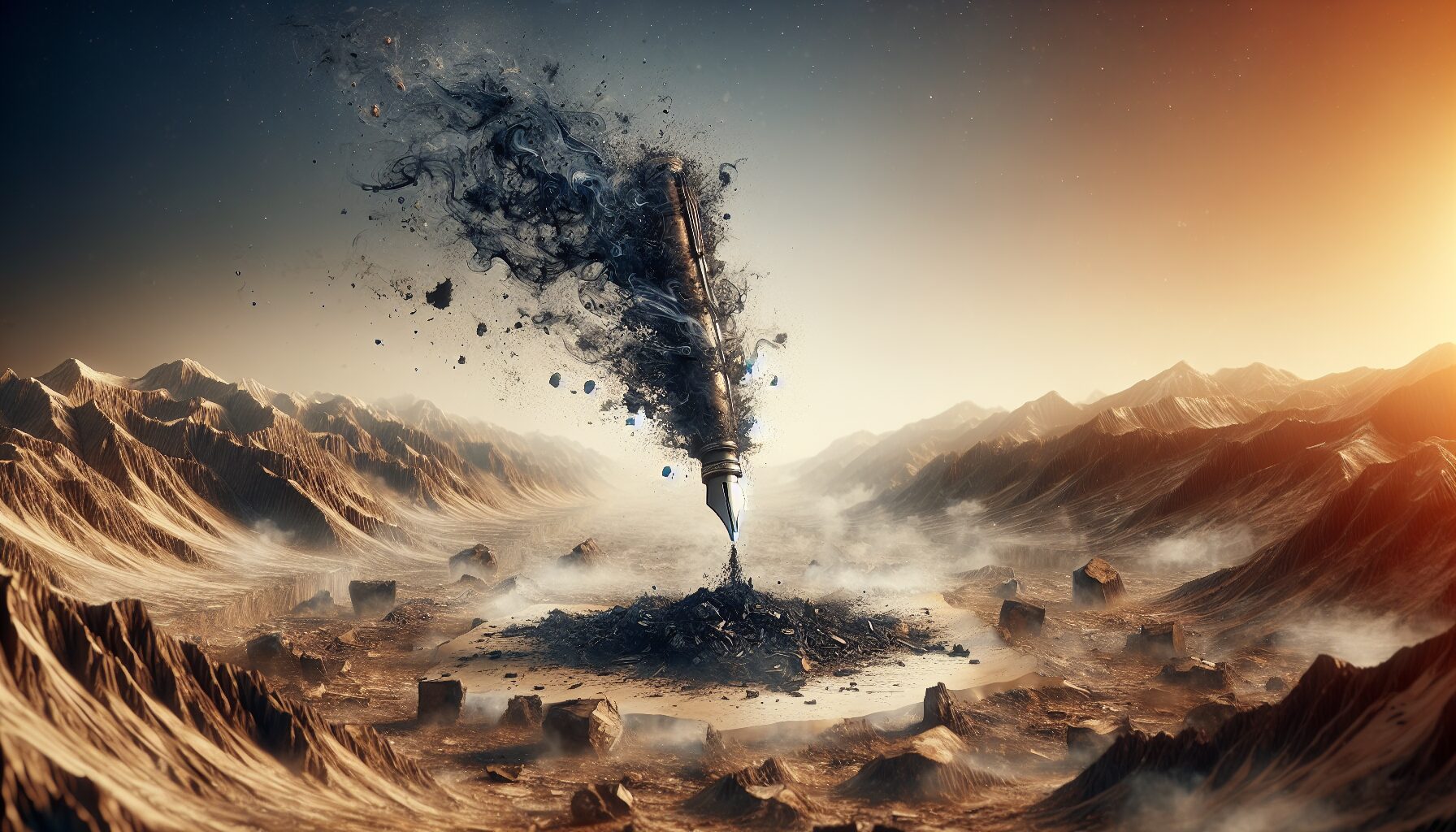In the realm where fantasy and the unknown intertwine, abstract portals serve as mystical gateways to other dimensions, realms, and universes. These ain’t just mere plot devices for captivating stories but represent deeper psychological and philosophical paradigms that have fascinated humanity since time immemorial.
“The universe is full of magical things patiently waiting for our wits to grow sharper.” — Eden Phillpotts
The concept of portals has been a cornerstone in speculative fiction, encompassing everything from wormholes in science fiction to magical wardrobes and rabbit holes in fantasy tales. These passages challenge the boundaries of reality, inviting the curious and the brave to venture beyond their world.
The Allure of Otherworldly Passages
The fascination with portals stems from a universal yearning for discovery and escape. They offer characters—and readers—a chance to leave ordinary life behind, exploring new realms filled with endless possibilities. But what drives this intrigue? Let’s delve into the reasons behind humanity’s enduring obsession with these enigmatic gates.
- The Desire for Escape: Portals offer an escape from the mundane, providing a passage to worlds where magic is real, and adventure awaits. They allow us to break free from our current reality and explore the endless possibilities of the unknown.
- Exploration of the Unknown: There’s an inherent curiosity about what lies beyond our perception. Portals are bridges to these hidden worlds, offering a playground for the imagination.
- Transformation and Growth: Passing through a portal often signifies change. Characters—and by extension, readers—undergo transformative journeys, emerging with renewed understanding and purpose.
Portals in Mythology and Folklore
Portals aren’t a modern invention; they have roots in ancient myths and folklore. Cultures across the globe have legends and tales featuring mystical gateways:
- The Norse Bifröst: In Norse mythology, the Bifröst bridge connects the world of the gods, Asgard, with Midgard, the world of humans. Seen as a rainbow bridge, it symbolizes the connection between the divine and mortal realms.
- Fairy Rings: In Celtic folklore, fairy rings—mushroom circles—are said to be portals to the fairy realm. Stepping into one might lead to enchantment or, as some tales caution, peril.
- Shinto Torii Gates: In Japan, torii gates mark the transition from the mundane to the sacred at Shinto shrines, serving as spiritual passageways.
Literary Portals: Bridging Fantasy and Reality
Many classic and contemporary works of fiction use portals as key narrative elements:
- The Chronicles of Narnia by C.S. Lewis: The wardrobe that leads to Narnia is perhaps one of the most iconic portals, introducing readers to an unforgettable world of magic and talking animals.
- Alice’s Adventures in Wonderland by Lewis Carroll: Alice’s fall down the rabbit hole is the perfect metaphor for a portal to the surreal and absurd.
- Harry Potter by J.K. Rowling: Platform 9¾, the portal to the Hogwarts Express, symbolizes the entrance to a world brimming with magic and wonder.
Scientific Hypotheses: The Realities of Fictional Constructs
While portals are predominantly seen in a fantastical context, modern science hasn’t entirely ruled out their existence. Theoretical physics suggests the possibility of wormholes, which might function as cosmic shortcuts connecting distant parts of the universe. As physicist Albert Einstein and his colleague Nathan Rosen theorized, “A wormhole is much like a tunnel with two ends at separate points in spacetime” (source).
Though speculative, such theories fuel our imagination, blurring the line between science fiction and reality. While the practicality and ethics of such interdimensional travel remain in question, the potential for discovery is truly limitless.
The Symbolism of Portals: Personal and Collective Journeys
In addition to their narrative roles, portals often symbolize personal growth, spiritual awakening, or transitioning phases in life. They reflect our inner desires to explore uncharted territories, both externally and within ourselves.
In conclusion, abstract portals serve as beguiling symbols, opening doors to infinite possibilities, adventures, and existences. They remind us of the vast unknown yet to be explored, urging us to question, imagine, and perhaps even prepare for that moment when we might just step through the veil, leaving the mundane behind to discover what lies beyond. As long as human curiosity endures, so too will the allure of portals—these enigmatic gates beyond reality.




